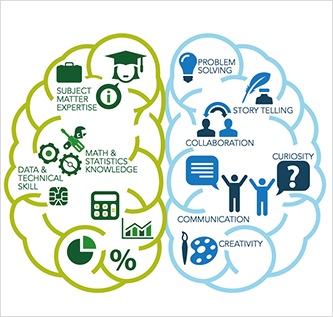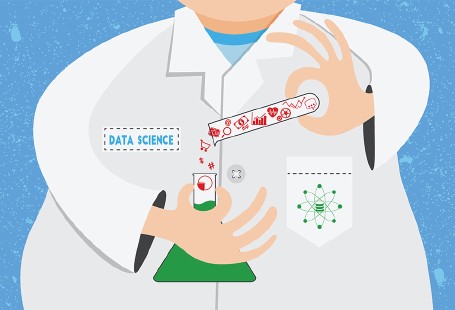Data Analyst to Data Scientist: A New Skill Set for a New Future

Will robots replace humans in the near future? As machine learning and artificial intelligence continue to grow in popularity, this question becomes all the more relevant. Which jobs will become extinct, and what will society looks like in the future? If you’re a data analyst whose worried about their job security, don’t worry—there’s still hope for you! In this article, we’ll take a look at the skills a data analyst can acquire to become a data scientist and rise above these pesky robots 🙂
A few weeks ago, a friend of mine from college got assigned an interesting task. With the help of artificial intelligence (AI) and deep learning, he’ll need to create a program that will learn how to distinguish a client’s original signature from forged ones. Currently, signature verification is done manually by 20 people at his organization. Once my friend completes his program, the employees who were working on this task will have to switch to doing something else; one algorithm will replace the repetitive job of 20 other people. Isn’t it amazing what technology can accomplish?
Artificial intelligence changes the world
AI is transforming our world. On some level, it’s inevitable: we all know that traditional jobs cannot avoid extinction. Based on the latest projections by the U.S. Bureau of Labor Statistics, some of the most vulnerable jobs are those that require simple, repetitive tasks. Occupations like farmers, post officers, sewing machine operators, fast food cooks, file clerks, and computer operators are among those that are vulnerable—forecasts suggest that the number of jobs in these professions will drastically decrease in the coming years as workers are replaced by machines that can work round the clock, 24 hours a day, without a single error.
But it’s not all gloom and doom—we’ll all have to just adapt to the changing landscape of employment. Yes, some jobs will only be remembered in dusty, old history books. But advances in AI and machine learning will also create new jobs. In particular, the IT sector will gain even more importance as data and computers pave our future.
Where do data scientists and data analysts stand?
This is certainly an exciting era—with the help of data and computer science, we can (and probably will) dramatically change the way we live. As such, data scientists and machine learning experts are at the top of the list of the most in-demand jobs today.
In fact, they’ll probably grow in demand. But shortage in supply of these professionals will require companies to retrain existing staff who are engaged in similar occupations. And what about data analysts? Will they be retrained to become data scientists?
Most likely, the answer is yes. As it stands, data analysts are really just several steps away from becoming data scientists. With some effort and time, any data analyst can upgrade their skill set to become an even stronger candidate for employment.
Your role as a data analyst
As I write this, I remember clear as day when I was a data analyst—that feeling when I woke in the morning and knew exactly what my work day would look like. That feeling when you have a perfectly stable work environment, when you know the tools and technologies that will help you do your job, when you don’t get unexpected errors from used services, when you know that your authentication system is working like a charm…
In fact, aside from the unpredictable behavior of your business users, there’s really nothing that can surprise you in this field. You’re the master of your tools, performing data wizardry with Excel, SQL and data visualization tools.
Each analysis brings you new challenges that you have to solve. So what do you think — can your work in data analysis be automated by a robot?
Automating data analysis
Actually, the answer to that question doesn’t matter. It’s more important that you work on developing a skill set that will prepare you for an automated future. Data analysts already have a solid foundation that they can develop further to become data scientists; all it takes is some additional programming, math, and machine learning skills.
A data analyst’s traditional toolbox
So what skills do data analysts already possess? Let’s mention the strongest:
- Analytical and numerical skills — in general, analysts are comfortable with gathering raw data and analyzing them to derive insights.
- Business understanding — every analyst understands both the data and the business side of the story. In other words, they understand the problems that their business users are trying to address.
- Relational databases, SQL, and Excel — the primary tool of any data analyst is probably SQL or Excel. And data analysts are practically in love with relational databases.
Data scientist & Data analysts skills
These skills are also shared by data scientists. After all, we all started with relational databases and like to understand the business side of the work we do. But what skills separate a data scientist from a data analyst? And what can you do to develop those skills?
Retrain yourself

Learning isn’t just something you do in college—it’s a lifelong process. If you want to stay ahead of the game and become an in-demand professional, you need to work on developing your career. And that means you’ll need to learn new things.
But if you’re here, you’re already on the right path! This is actually how the mindset of a data scientist works—you always need to learn something new and work on improving your skills. Don’t confine yourself to just one technology, programming language, or methodology—the more you dawdle in your comfort zone, the fewer opportunities you’ll encounter.
Where do you start?
The first and most important thing you need to do is conquer your fear of the unknown. Once you realize that everything can be learned, you will have a much easier time.
For a simple start, you can pick up a new SQL client/editor and use this in your day-to-day work. Also, while you’re at it, why not learn to use a new relational database management system? For example, if you already know Oracle or MySQL, go ahead and give some others (like Mongo or NoSQL) a shot. You have nothing to lose—they’re free anyway, so this would give you more diverse experience with different SQL databases. Compare them, play around with them, whatever—just start learning something new that you can apply to your work.
Learn R or Python
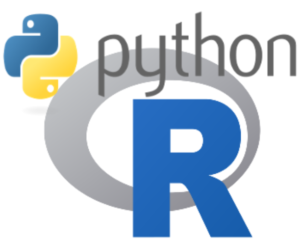
Okay, so having learned a new development environment or database engine, you’re probably ready to leave your comfort zone behind. Why not go even further? Time to learn something completely different by taking data processing to a higher level!
If you’ve never worked with R or Python, now’s a good time to start. These two are the most famous data science languages on the open source market, so you’d be doing yourself a service by mastering them.
Learn descriptive and inferential statistics
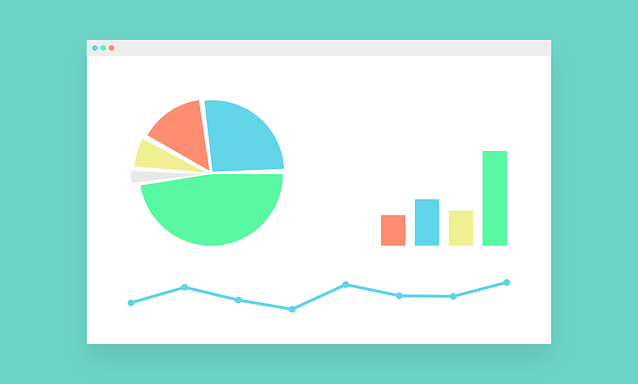
After you’ve familiarized yourself with R/Python, it’s time to start learning about statistical techniques. Get intimate with the underlying math — start by mastering descriptive and inferential statistics, and try to implement the things you learn in R or Python.
Get familiar with predictive modeling and famous algorithms
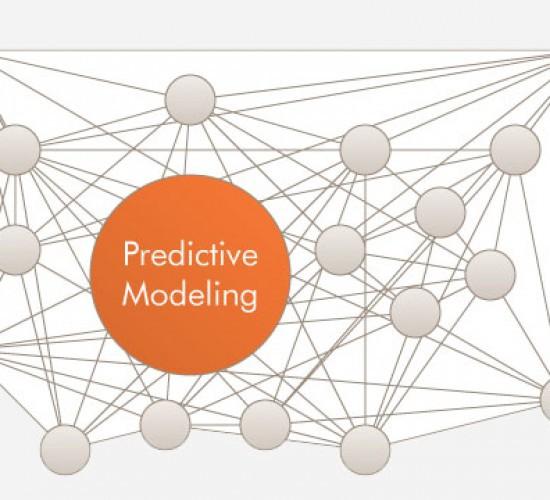
Great! You’ve mastered R/Python and learned statistics. The last (and longest) step is exploring predictive modeling and deep learning. Get ready, ‘cause the fun starts here—you’re now entering the world of reinforcement learning and supervised vs. unsupervised algorithms.
My advice is to start simple. Here are some algorithms you should learn:
- Linear regression
- Decision tree learning
- Random decision forests
- K-means unsupervised classification
This should be sufficient for a solid start. Afterwards, you should start searching for new materials on your own. You have plenty of literature at your fingertips!
Conclusion
Still worried about robots replacing your data analysis work? Well, you can relax—because they won’t. You have a promising, in-demand career ahead of you as a data scientist. As long as you’re willing to work hard and learn new things, you’ll do just fine.




